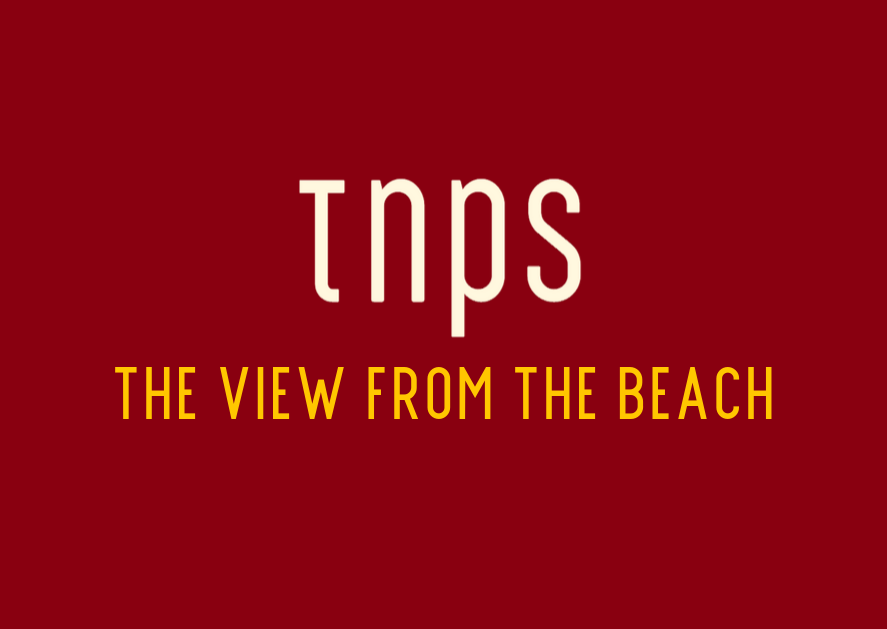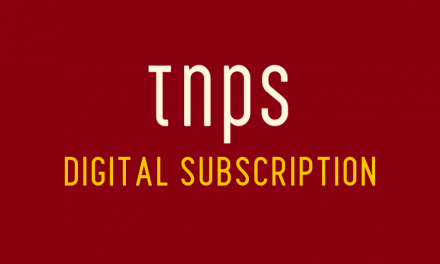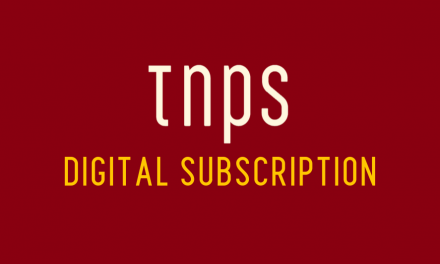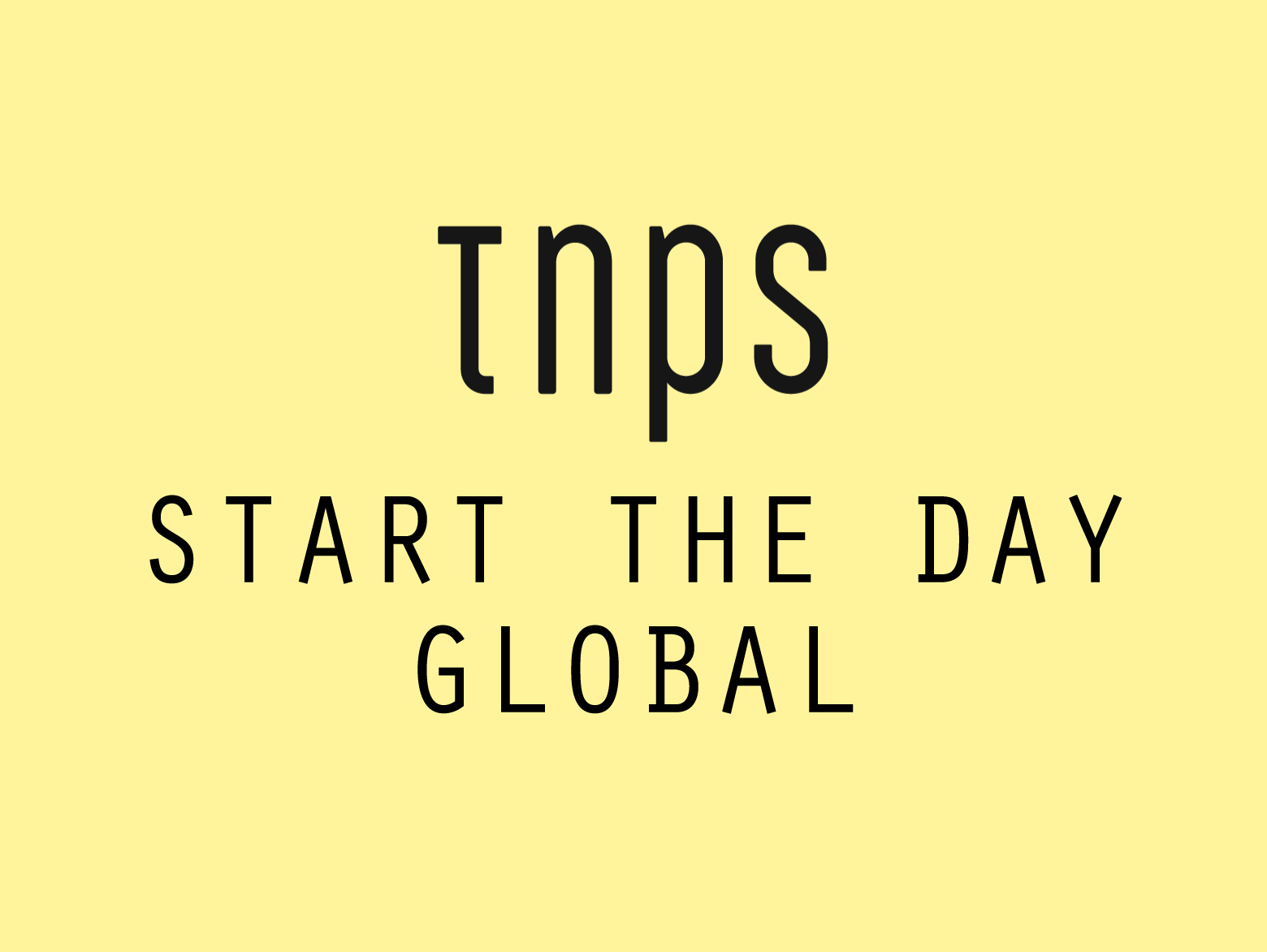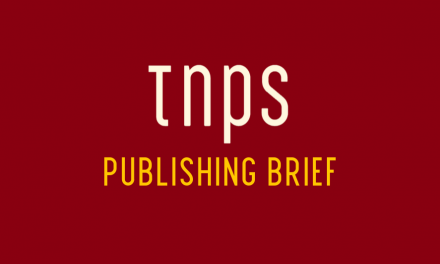As the 2020 accounts are fully reckoned and the details comes under scrutiny, it will be hard to ignore the fact that US and UK print sales boomed despite bricks and mortar stores being closed for long periods through the year.
Three Workshops have been announced for ReBoot 2021 following the success of the October 2020 sessions, which attracted 200 industry professionals from across 28 countries.
Far from winding down this year, ReBoot says the Workshops will now be,
a continuous and consistent series of events throughout the year.
For H1-2021 ReBoot has set three dates to “systematically assess the damage”, drawing on a “rich survey of multiple data sources, which will be intertwined with a set of three workshops.”
• 25 FEB 2021: Assessing the damage, and identifying the key lessons for looking forward
• 21 APR 2021: How to fix what is broken, and who can offer the best tools for that aim
• 15 JUN 2021: Navigating to new islands and sailing with the winds of change.
The focus will be on how authors, publishers and retailers:
• Operate in highly dynamic markets, defined by changing consumer habits and mounting competition for consumers’ attention and budgets
• Manage seamlessly multiple formats, business and distribution models, while new entrants from other media industries approach the same audiences
• Learn to directly target consumers, build sustainable communities around more granular audiences, and attract the best creative talent for books and readers.

Today TNPS takes a look at the February 28 event’s advance notes.
25 FEB 2021: Workshop 1 | Assessing the damage, and identifying the key lessons for looking forward
One of the most surprising and successful things of Reboot 2020 were the Preparation Workshops. With a truly democratic spirit, these open events allowed people not only to hear, but also to speak; not only to learn but also to teach. It was also a moment for reconnecting and, of course, rebooting.
This first ReBoot workshop of 2021 will basically follow the same concept and comprise a set of 6 to 8 compact data rich presentations, covering the impact of the pandemic on the book industry in different markets and segments, commented and debated by leading industry voices, and allowing everyone to participate with questions and comments.
Mapping of markets will include a deep dive into the Dach area (Germany, Austria & Switzerland) plus key figures and trends in Argentina Brazil, France, Italy, Spain, India, Sweden, UK and the US.
Segment analysis will include: print vs digital books; a-la-carte vs. subscription models; backlist vs. front list, as well as turnover and profitability analysis of global corporate publishers.
Questions debated will include:
• How resilient were book markets really, and why?
• Why did the US and UK (English language) markets fare better than others?
• What were principal shifts in consumer behavior, and how lasting will be the effects?
• What does the widening gap between brick-and-mortar sales and e-commerce mean for the book business overall?February 25th, 2021 | 2 to 4 PM (Frankfurt – CET) | 8 to 10AM (New York) | 9 to 11 PM (Beijing)
The June event promises to be especially intriguing, with its metaphoric global angle, while the April event may raise as many questions as it asks – not least whether fixing the broken is necessarily the best way forward.
But here to briefly offer some thoughts on the imminent February event.
Mapping of markets will include a deep dive into the Dach area (Germany, Austria & Switzerland) plus key figures and trends in Argentina, Brazil, France, Italy, Spain, India, Sweden, UK and the US.
My immediate thought here is whether we might, in the future, see Workshops focussed on countries and regions beyond the usual suspects. Invaluable as this discussion will of course be, that pan-Atlantic leaning very much dictates the agenda, with India the only showing for the massive regional markets of Asia, which digitally account for half the world (the entirety of Europe and the Americas, by contrast, count for less than one third).
In terms of internet users the combined online population of all these ReBoot countries, excluding India, is 828 million. China alone started this year with 989 million people online. India brings 749 million online users into the equation, but it remains to be seen how much digital will play a part in this debate where India is concerned.
But even if we set aside China with its unique challenges, and include India in the market focus, that still excludes an online Asian market of almost one billion people.
Here’s hoping future incarnations expand the debate remit to encompass the truly global book markets. Markets that present physical challenges that understandably mean most publishers outside the regions tend to look the other way, but that digital can open up in ways unimaginable just a decade ago.
Segment analysis will include: print vs digital books; a-la-carte vs. subscription models; backlist vs. front list, as well as turnover and profitability analysis of global corporate publishers.
One hopes that, when wading into the print vs digital debate, it will be kept in mind how many mainstream publishers in the key English-language markets have deliberately kept digital prices high to protect print, and that they have deliberately eschewed subscription models to protect a-la-carte sales.
Meaning that the digital picture that will be painted, even allowing for the pandemic lift, is largely an artificial construction for the benefit of the industry Old Guard, not necessarily a reflection of consumer interest and preferences. We see clearly in Sweden what can happen when consumers are given free reign.
But of course Sweden’s publishers did not have (and as far as books are concerned still do not have, in any meaningful way) to contend with Amazon’s dominance of the market.
Questions debated will include:
• How resilient were book markets really, and why?
• Why did the US and UK (English language) markets fare better than others?
• What were principal shifts in consumer behaviour, and how lasting will be the effects?
• What does the widening gap between brick-and-mortar sales and e-commerce mean for the book business overall?
One question I’d want to ask would be, in the light of the US and UK publisher’s booming print sales and profits in 2020, just how much longer bricks & mortar bookstores will continue to be treated as indispensable by publishers.
As the 2020 accounts are fully reckoned and the details comes under scrutiny, it will be hard to ignore the fact that US and UK print sales boomed despite bricks and mortar stores being closed for long periods through the year.
That, as much as the pivot to digital, will define the pandemic’s impact when publishing’s history comes to be written.

